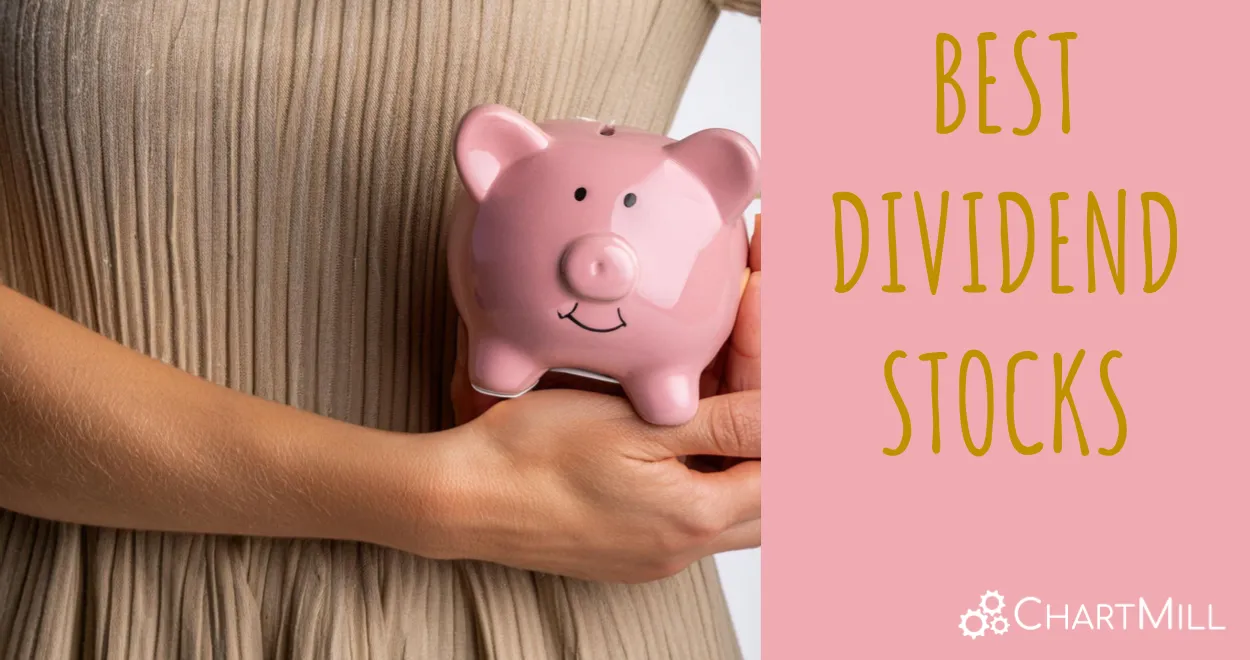Why NYSE:ROK qualifies as a good dividend investing stock.
By Mill Chart
Last update: Jan 25, 2024
Our stock screener has singled out ROCKWELL AUTOMATION INC (NYSE:ROK) as a promising choice for dividend investors. NYSE:ROK not only scores well in profitability, solvency, and liquidity but also offers a decent dividend. We'll explore this further.
Looking at the Dividend
To gauge a stock's dividend quality, ChartMill utilizes a Dividend Rating ranging from 0 to 10. This comprehensive assessment considers various dividend aspects, including yield, history, growth, and sustainability. NYSE:ROK has achieved a 7 out of 10:
- ROK's Dividend Yield is rather good when compared to the industry average which is at 2.47. ROK pays more dividend than 93.10% of the companies in the same industry.
- ROK has been paying a dividend for at least 10 years, so it has a reliable track record.
- ROK has not decreased their dividend for at least 10 years, which is a reliable track record.
- 39.26% of the earnings are spent on dividend by ROK. This is a low number and sustainable payout ratio.
- ROK's earnings are growing more than its dividend. This makes the dividend growth sustainable.
Health Analysis for NYSE:ROK
ChartMill assigns a Health Rating to every stock. This score ranges from 0 to 10 and evaluates the different health aspects like liquidity and solvency, both absolutely, but also relative to the industry peers. NYSE:ROK scores a 8 out of 10:
- An Altman-Z score of 5.25 indicates that ROK is not in any danger for bankruptcy at the moment.
- ROK's Altman-Z score of 5.25 is amongst the best of the industry. ROK outperforms 85.06% of its industry peers.
- The Debt to FCF ratio of ROK is 2.44, which is a good value as it means it would take ROK, 2.44 years of fcf income to pay off all of its debts.
- Looking at the Debt to FCF ratio, with a value of 2.44, ROK belongs to the top of the industry, outperforming 83.91% of the companies in the same industry.
- Although ROK does not score too well on debt/equity it has very limited outstanding debt, which is well covered by the FCF. We will not put too much weight on the debt/equity number as it may be because of low equity, which could be a consequence of a share buyback program for instance. This needs to be investigated.
- The current and quick ratio evaluation for ROK is rather negative, while it does have excellent solvency and profitability. These ratios do not necessarly indicate liquidity issues and need to be evaluated against the specifics of the business.
Profitability Insights: NYSE:ROK
ChartMill assigns a Profitability Rating to every stock. This score ranges from 0 to 10 and evaluates the different profitability ratios and margins, both absolutely, but also relative to the industry peers. NYSE:ROK scores a 9 out of 10:
- ROK has a Return On Assets of 12.22%. This is amongst the best in the industry. ROK outperforms 93.10% of its industry peers.
- The Return On Equity of ROK (38.79%) is better than 96.55% of its industry peers.
- ROK's Return On Invested Capital of 16.56% is amongst the best of the industry. ROK outperforms 94.25% of its industry peers.
- ROK had an Average Return On Invested Capital over the past 3 years of 14.22%. This is above the industry average of 11.41%.
- The last Return On Invested Capital (16.56%) for ROK is above the 3 year average (14.22%), which is a sign of increasing profitability.
- ROK has a Profit Margin of 15.25%. This is amongst the best in the industry. ROK outperforms 93.10% of its industry peers.
- In the last couple of years the Profit Margin of ROK has grown nicely.
- ROK's Operating Margin of 17.80% is amongst the best of the industry. ROK outperforms 91.95% of its industry peers.
- ROK's Gross Margin of 41.04% is amongst the best of the industry. ROK outperforms 91.95% of its industry peers.
Every day, new Best Dividend stocks can be found on ChartMill in our Best Dividend screener.
Check the latest full fundamental report of ROK for a complete fundamental analysis.
Disclaimer
This article should in no way be interpreted as advice in any way. The article is based on the observed metrics at the time of writing, but you should always make your own analysis and trade or invest at your own responsibility.



